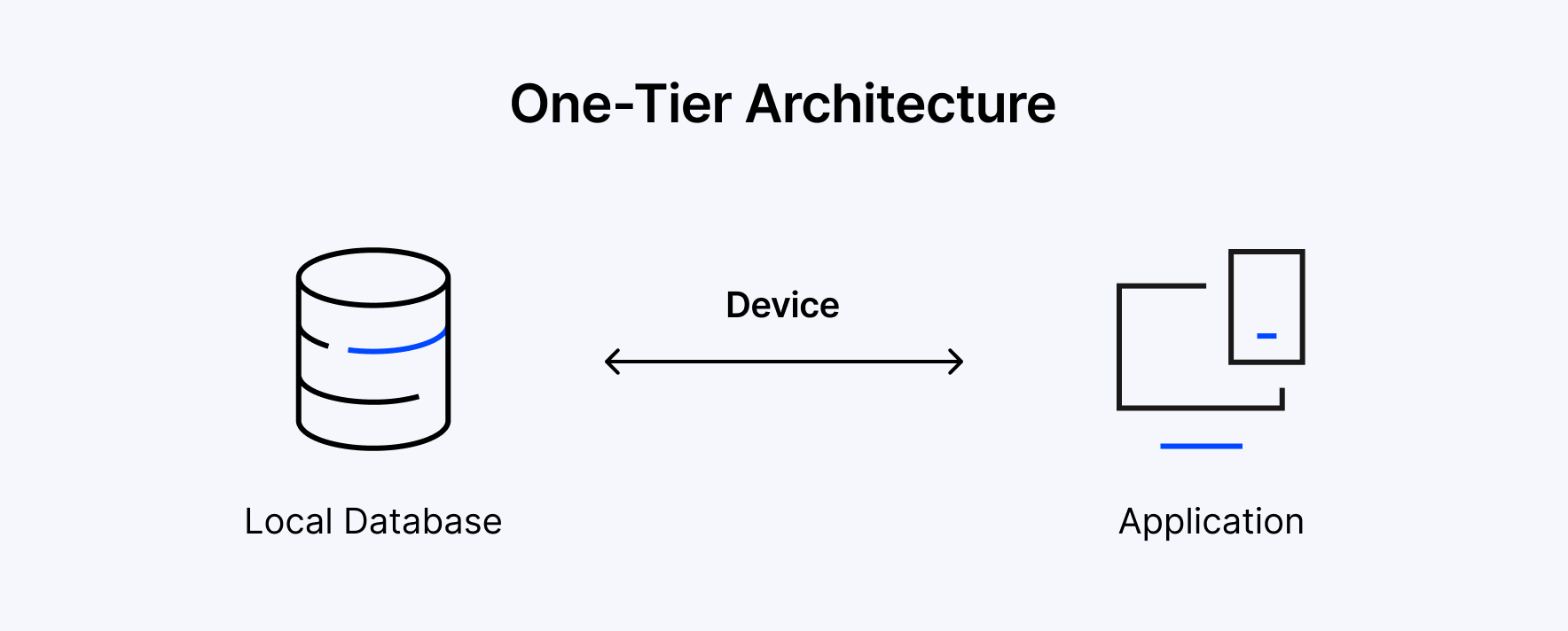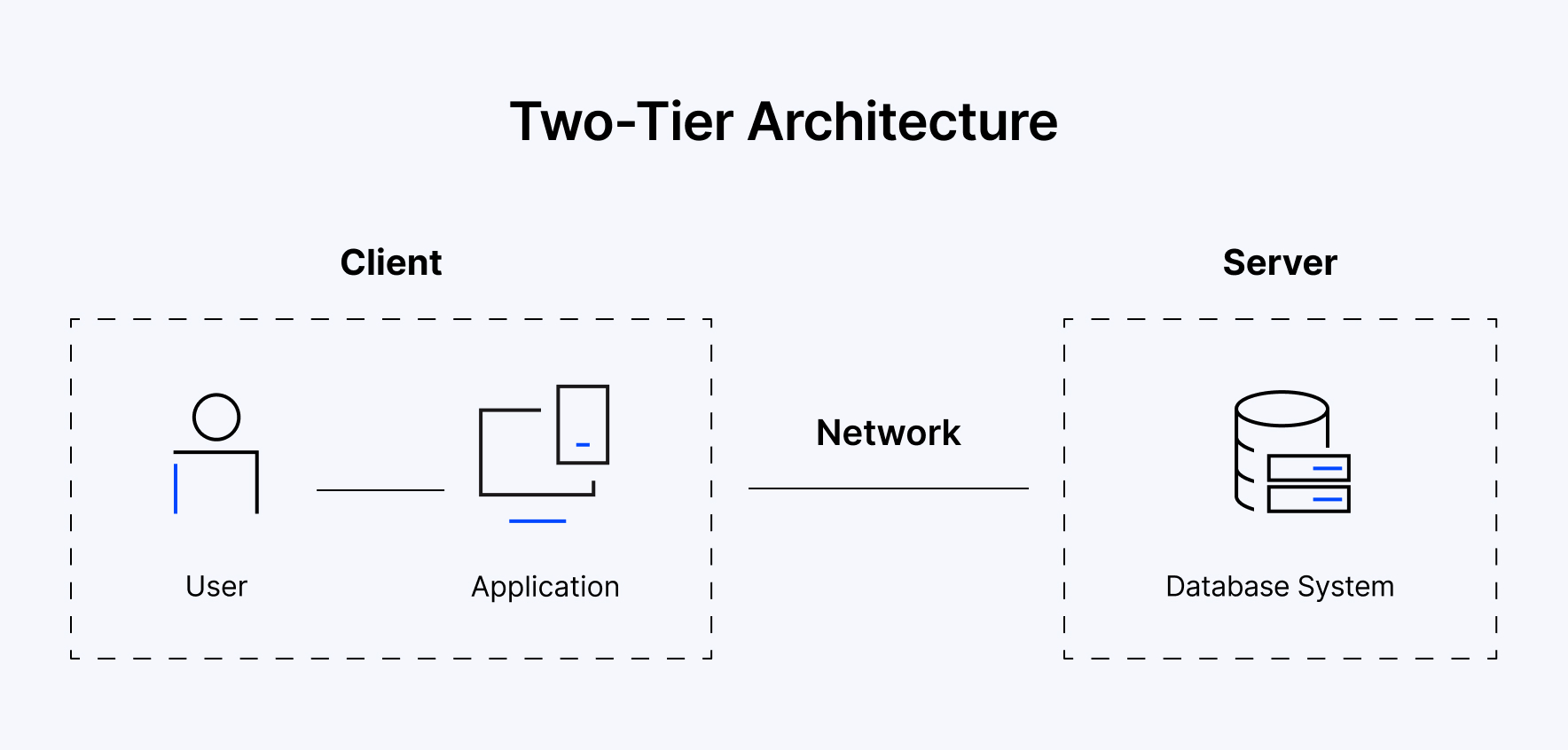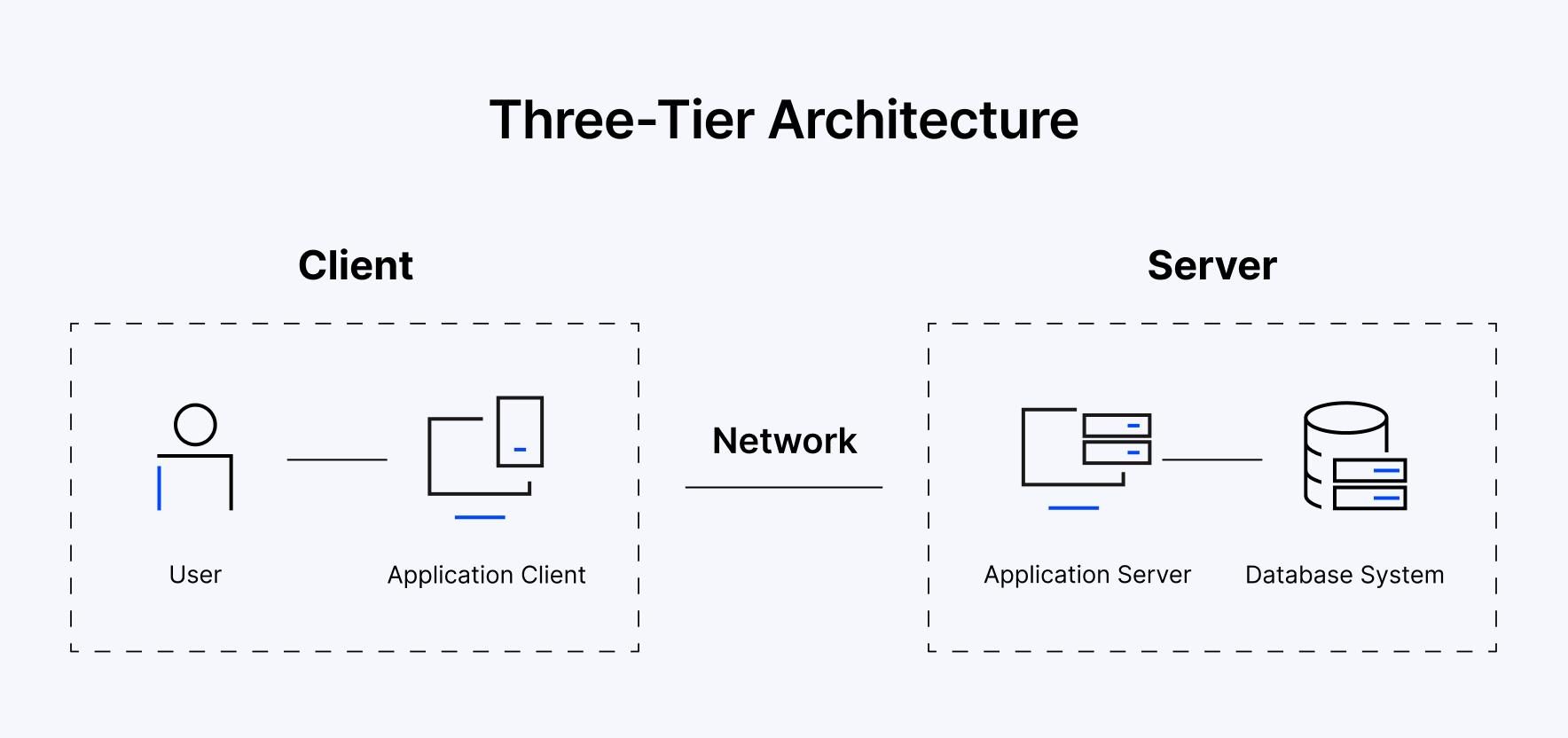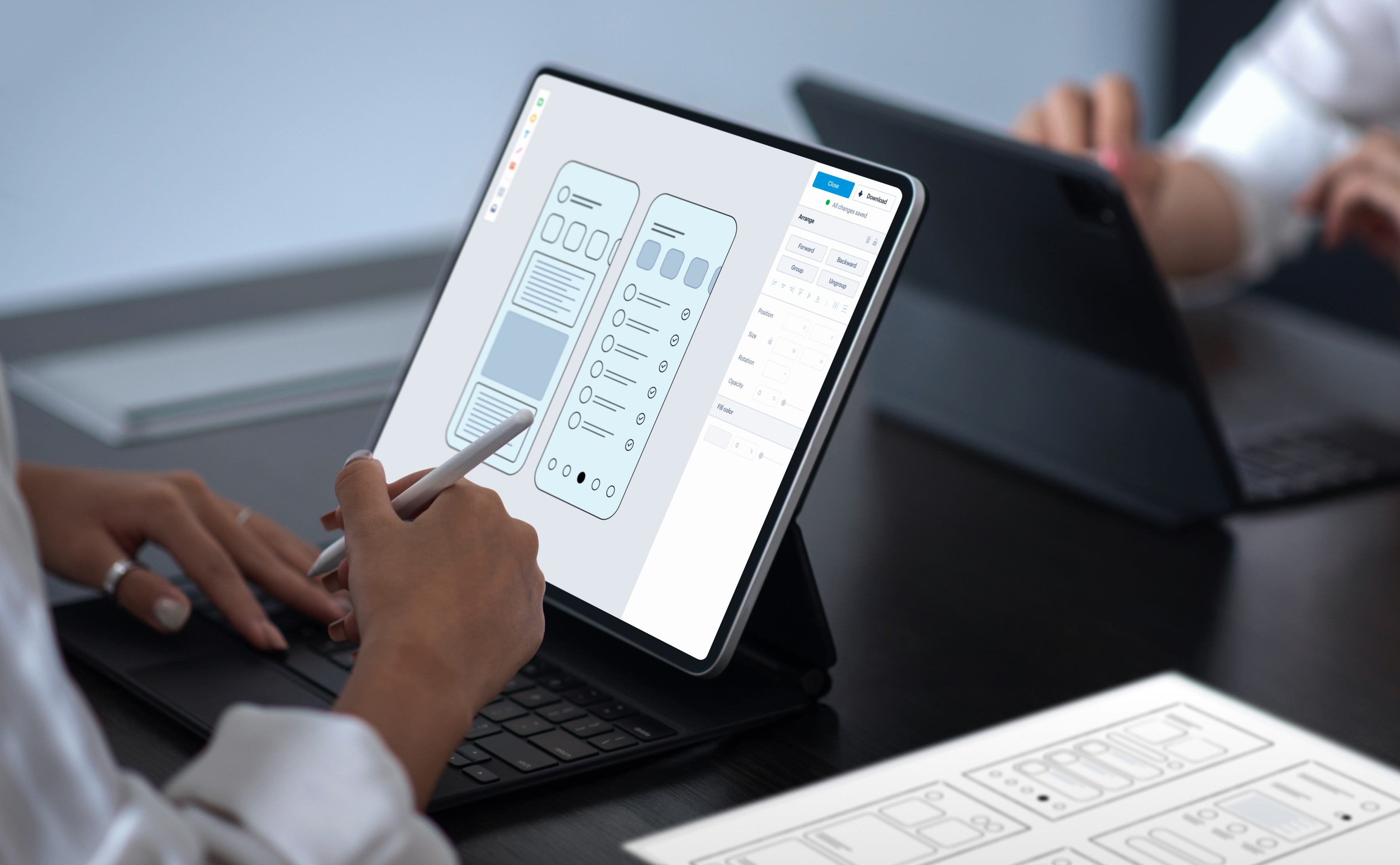DBMS Architecture: Everything You Need to Know

In a world increasingly reliant on data, businesses can win or lose based on how well they manage information. For any organisation, DBMS architecture is the foundation of modern data systems. By 2025, the world's data is projected to grow from 33 zettabytes to 175 zettabytes. Therefore, you need to have strong data management and data architecture.
Grasping the architecture of DBMS is critical because it determines how well an organisation can satisfy growing data requirements. However, this can include everything from customer records to real-time data analytics. A poorly designed database architecture can delay or break data, causing millions in losses, while a well-established database can stimulate growth and innovation.
Organisations commonly choose between RDBMS (e.g., MySQL) for structured data and NoSQL (e.g., MongoDB) for flexible, unstructured datasets. These database architectures play a critical role in sectors like retail and finance, where performance is key. Understanding them can also simplify technology transfer across platforms. This guide is designed to help anyone stay ahead in an increasingly data-driven world.
What is DBMS Architecture?
DBMS architecture includes the structures that enable a Database Management System to educate, organise, store, and manage data in a way that meets the needs of a business. A DBMS architecture is a 'blueprint' for how an environment will connect to users' applications and the database while striking an appropriate balance for performance, scalability, and security. The architecture includes key components like the database engine, query processor, and storage manager, working together to process a query request, maintain persistent data storage integrity, and provide efficient data access.
Think of it as the base structure of a house. Here, DBMS architecture is the foundation, and the house can be modified if the foundation is strong.
DBMS architecture changes how quickly the system can consume customer insights, process customer transactions, and contribute to the net efficiencies of the business as a whole. DBMS architectures support all DBMS, database-enabled applications, and services defined by the organisation. If you're a business owner or professional, it's essential to understand DBMS architecture - the system behind real-time analytics, data security, and support for large-scale operations. You must gather, organise, and manage your data to make it work.
Ready to scale your data with secure DBMS architecture?
Reach out to usLoading...
Types of DBMS Architectures
The architecture of a DBMS is typically classified as 1-tier, 2-tier, or 3-tier, based on the business needs. Let’s understand each in detail.
1-Tier Architecture

In a 1-Tier Architecture, the user interface and database run on a single machine, allowing users to request and retrieve data from the database directly on the machine. This type of architecture is generally useful for basic local applications where both development and use occur on the same system.
A 1-Tier architecture is simple and fast to implement and maintain, making it well-suited to individual use cases and small tool processes that do not require remote use or high levels of security or data privacy. Even though simple and easy to implement, a 1-Tier architecture is not scalable and would not be suitable for enterprise environments or environments with distributed users needing simultaneous access to one central database.
Advantages:
- Ease of setup
- Cost-saving
- Fast access
Use case: An offline note-taking App
Mobile applications that need to work offline often use embedded databases like SQLite to store data locally on the device. For example, an offline note-taking app can save and manage user notes without an internet connection. The application interacts directly with the local database, executing SQL queries to insert, update, retrieve, or delete records as needed. This setup ensures fast performance and data availability at all times. Developers may use SQL directly or work with higher-level libraries that simplify database interactions. Local storage is essential for apps where quick access and offline functionality are important to the user experience.
2-Tier Architecture

When an application uses a 2-Tier Architecture, the application is split into two distinct layers (client and server). The client manages the user interface and connects directly to a database server, which is responsible for overseeing data storage and retrieval. This is the simplest and most common architecture for applications in small to medium-sized businesses where user traffic is relatively low.
2-Tier architecture allows faster communication between client and server as there is no intermediary, and is limited in complexity, making it easier and less expensive to develop and maintain. Due to the limitations of a 2-Tier application, this architecture may impose limits on scalability and security that could be overcome when compared to the complexities of an architecture like the 3-Tier model.
Advantages:
- Better performance
- More scalable
- Easier to update
Use case: A customer relationship management system for a small company.
A small company could be utilising a customer relationship management (CRM) system built completely on a 2-tier architecture so that employees can enter customer information, sales records, and follow-ups. Each employee can access the application from their respective computers and will have the capability to enter or retrieve data that is stored on the central database server.
In this instance, data can be accessed in real-time, the scalability is moderate, and the maintenance would be less complicated than a more complex system. These points make it a viable option for small teams managing customer interactions and business-to-business relationships.
3-Tier Architecture

A 3-Tier Architecture divides an application into three different layers called the client (presentation layer), the application server (business logic layer), and the database server (data layer). Each of these layers can fall independently of each other, improving scalability, security, and maintainability. The middle layer is used to process business rules and business logic, taking the workload off the client and securing direct access to the database.
Because of the separation of the business logic from the presentation layer, the 3-Tier Architecture is very effective in organisations and enterprise applications where high performance, separation of concerns, and effective scalability to increasing user demands or changing business rules are preferred.
Advantages:
- Highly scalable
- Good security
- Increased flexibility for updates
Use case: A global e-commerce company.
There are many advantages to a 3-Tier architecture for a global e-commerce framework. The presentation layer provides an efficient and quick user experience for web and mobile users. The application layer can manage logical, complex business requirements - e.g, pricing rules, inventory management, order management, and user authentication. The data layer can also store, secure, and manage vast amounts of product, customer, and transaction data. For example, an E-commerce application with a React frontend for web, Android and iOS frontends for mobile, a Magento backend for APIs, and a MySQL database.
Three-Level Architecture (ANSI/SPARC Model)
DBMS is commonly structured according to the ANSI/SPARC Three-Level Architecture. The ANSI/SPARC Three-Level Architecture is a standard model that organises a DBMS (Database Management System) into three levels - External, Conceptual, and Internal - while ensuring flexibility, security, and efficiency of operations with data independence.
External Level (View Layer)
The External level (or View layer) is the level the user sees and interacts with. The external level provides views of the database tailored to the specific needs of a person using the database, with irrelevant data hidden. For example, the sales team viewing only customer information is helpful for usability and security.
The External level, also called the View layer, is what users see and work with. It shows a customised view of the database that fits each user’s needs, hiding any information that’s not relevant to them. For instance, the sales team might only have access to customer details, making things simpler and keeping other sensitive data secure.
✅ Advantage: It helps the user interact more easily with the database and controls what data is visible.
Conceptual Level (Logical Layer)
The Conceptual level defines the logical structure and constraints for the entire database, including tables and relationships among those tables. The conceptual level shows the data organised, even if it's messy behind the scenes in physical storage.
✅ Advantage: Allows for a centralised scope of control while logically organising data.
Internal Level (Physical Layer)
The Internal level defines the physical storage of the DBMS by specifying how the data is stored, assuming that information could include the "file structure," storage methods, indexing, etc. The internal level focuses on the physical representation of data and performance without changing user views.
✅ Advantage: The internal level of DBMS optimises performance and improves efficiency at a deeper level through methods we would not consider.
Data Independence
Data independence is the ability to change one level (e.g., storage) while not affecting another level, which allows flexibility to avoid complexities.
✅ Advantage: One key advantage is that upgrades and scalability are simplified. This architecture contributes to data organisation in a way that enables an organisation to manage data correctly.
Characteristics of DBMS (Database Management System)
- Real-World Entity: The DBMS represents real-world entities (clients, orders, etc.) as structured data, leading to new technology applications that help make business easier to understand.
- Self-Describing: The database architecture of the DBMS contains metadata in its structure that aids in understanding implementation.
- Atomicity of Operations (Transactions): Transactions are atomic (either all of the actions happen or none), which enforces data consistency (such as making sure that a bank transfer occurs).
- Concurrent Access and Avoidance of Anomalies: Multiple Users can access data at once when they use the data simultaneously because the DBMS has concurrency control features. Having concurrency control features is important because it allows users to avoid situations where they could create problems, disagreeing on who has access to data to solve a problem.
- Stores Any Structured Data: The DBMS stores any structured data, such as text, numbers, etc., that is vital for multiple forms of business applications.
- Integrity: Integrity constraints (such as unique keys) are utilised to ensure mistakes are not made; if some errors are made, they are reduced from becoming major mistakes.
- Ease of Access (DBMS Queries): Relatively easy query languages, such as SQL, make it easy to find or create data that may increase productivity.
- SQL and No-SQL Databases: SQL (e.g., MySQL) for structured data and NoSQL (e.g., MongoDB) for unstructured data.
- ACID Properties: ACID transaction properties are Atomic, Consistent, Isolated, and Durable.
- Security: This ranges from user access role illustration and encryption of sensitive data, which is vital for data compliance and audit on security.
Looking to boost your business with DBMS architecture?
Let's talkLoading...
Key Components of DBMS Architecture
- DBMS Engine: The database engine is a critical data architecture in a DBMS, and is responsible for managing data storage, retrieval, and updating. It guarantees data reliability and system performance for business and operational applications.
- Query Processor: The query processor performs many tasks, such as interpreting a user’s queries (e.g., SQL), optimizing for speed, and then converting them to a command the DBMS understands. Responding faster can generally return value to the query processor.
- Database Schema: The database schema is an essential aspect of DBMS architecture, as it defines the logical structure of a database (e.g., tables and relationships) and where the data is stored. It clearly outlines how the database will store its records in an exact order and consistently.
- Transaction Manager: The transaction manager helps keep data accurate and consistent, especially when multiple users are reading or updating it simultaneously. It also handles system downtime and makes sure changes don’t interfere with each other. In busy systems, it keeps a log so that any changes can be entirely undone if needed.
- Storage Manager: The storage manager arranges data on physical devices like hard drives. It also ensures files can be read and written quickly, even when working with large amounts of data.
- Buffer Manager: The buffer manager manages memory by storing frequently used data so the system doesn’t have to keep reading from the disk. This makes things run faster. It can also control how often data is read or written during busy times.
- Metadata Catalog: The metadata catalogue is a file that stores information about the database’s structure, like table layouts (schemas). It helps the database track where everything is and allows other systems to understand and access the data correctly.
Use Cases and Real-World Examples
- Banking Systems (3-Tier RDBMS): Banking institutions commonly leverage a 3-tier database architecture in database management systems. They utilise relational databases like Oracle to perform core banking operations. Users interact with the DBMS in the client layer, applications process transactions in the application layer, and the database provides secure storage in the database layer. DBMS in a 3-tier architecture is robust enough to support high transactional throughput and regulatory compliance; for example, financial institutions operate on core banking platforms like JPMorgan. This type of system architecture ensures control over risk, improves reliability, and strengthens security.
- Social Networks (Graph and Document Models): Social media platforms like Facebook use special types of databases to manage large amounts of data. Graph databases (like Neo4j) show how users are connected and help suggest friends. Document databases like MongoDB utilise a non-relational model to store user profiles and posts, making it easier to manage and access large data sets efficiently, even at the level of billions of users.
- E-commerce Platforms (Hybrid Databases): Online stores like Amazon utilize a hybrid database management approach to create their immense user and transaction database. They use relational databases like MySQL for organised data, such as orders, and document databases like DynamoDB for flexible data like product details. This setup is spread across many servers worldwide, allowing Amazon to process orders quickly, give personalised recommendations, and keep the system running smoothly even during issues.
Conclusion
The DBMS architecture, comprising 1-tier, 2-tier, and 3-tier architectures, is necessary to manage data effectively. 1-Tier for its simplicity, 2-Tier for its modest scalability, and 3-Tier for scale applicable at an enterprise level.
Choosing the proper DBMS setup is crucial because it helps a company meet its specific needs, such as strong banking security or the ability to grow on online shopping platforms. Picking the ideal database architecture in DBMS will greatly influence whether the performance of your company's end-to-end application, maintenance efforts, and the capability of scaling your applications are the best they can be at a reasonable cost.
Suppose a company is prioritizing questions of performance, maintainable capacity, and scalability. It can position itself to convert data into an asset, thus obtaining an upper hand that can lead to competitive advantages in areas such as innovation, satisfying customer demands, etc.
On the other hand, thousands of new pieces of data keep appearing, and they play a crucial role in guiding future decisions. Investing in a suitable DBMS architectural solution could have an enormous effect, specifically in the context of much stored and actionable strategic data.
Webandcrafts (WAC) specialises in developing high-performance and scalable enterprise web applications for organisations looking for development solutions built for them. Contact us today to get expert help building robust, database-driven applications that support your digital goals.
Want a scalable, secure DBMS for your business?
Let's TalkLoading...
Discover Digital Transformation
Please feel free to share your thoughts and we can discuss it over a cup of tea.










